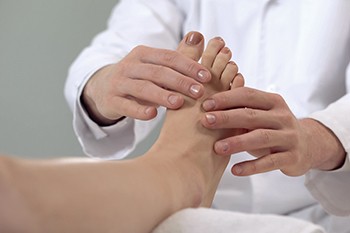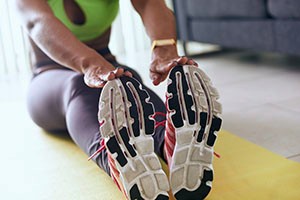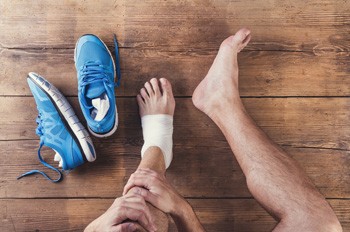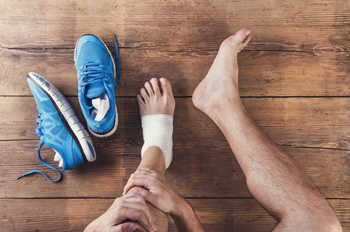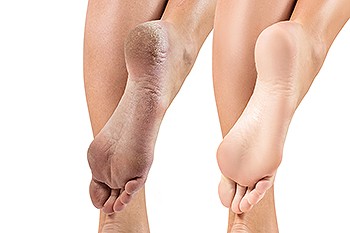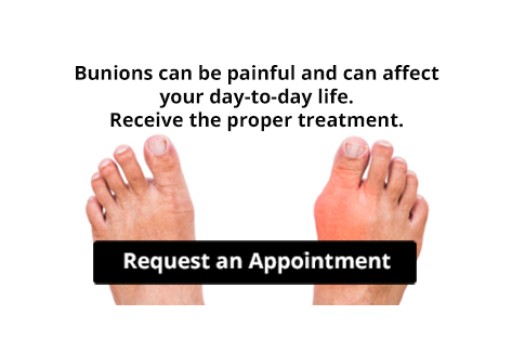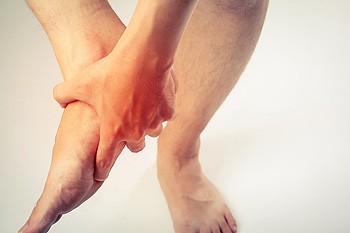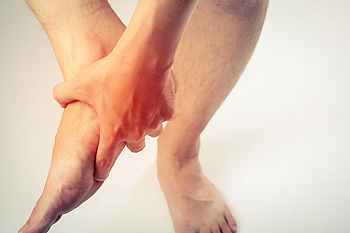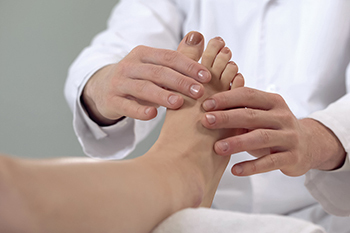
A stress fracture is a hairline fracture that commonly happens in the foot and may be prevalent among people who enjoy running. It occurs as a result of repeated stress the foot endures from physical activity, and the pain can gradually worsen if it is not treated promptly. It is suggested to temporarily cease the activity that caused the fracture, and relief may come from frequently elevating and resting the foot. Research has shown that people who are deficient in vitamin D or calcium may be susceptible to getting stress fractures, and it is advised to increase these types of supplements, if applicable. Additionally, when crutches are used, healing may be accelerated as the weight is kept off of the affected foot. If the fracture is severe, surgery may be necessary for permanent healing. The full recovery period for stress fracture surgery can be up to eight weeks, and low-impact activities can be performed as the healing takes place. If you think you may have a stress fracture, please consult with a podiatrist who can properly evaluate your foot, and offer treatment options that are correct for you.
Stress fractures occur when there is a tiny crack within a bone. To learn more, contact one of our podiatrists from Biebel & DeCotiis Podiatry Associates. Our doctors can provide the care you need to keep you pain free and on your feet.
How Are They Caused?
Stress fractures are the result of repetitive force being placed on the bone. Since the lower leg and feet often carry most of the body’s weight, stress fractures are likely to occur in these areas. If you rush into a new exercise, you are more likely to develop a stress fracture since you are starting too much, too soon. Pain resulting from stress fractures may go unnoticed at first, however it may start to worsen over time.
Risk Factors
- Gender – They are more commonly found in women compared to men.
- Foot Problems – People with unusual arches in their feet are more likely to develop stress fractures.
- Certain Sports – Dancers, gymnasts, tennis players, runners, and basketball players are more likely to develop stress fractures.
- Lack of Nutrients – A lack of vitamin D and calcium may weaken the bones and make you more prone to stress fractures
- Weak Bones – Osteoporosis can weaken the bones therefore resulting in stress fractures
Stress fractures do not always heal properly, so it is important that you seek help from a podiatrist if you suspect you may have one. Ignoring your stress fracture may cause it to worsen, and you may develop chronic pain as well as additional fractures.
If you have any questions, please feel free to contact one of our offices located in Holmdel and Middletown, NJ . We offer the newest diagnostic and treatment technologies for all your foot care needs.
